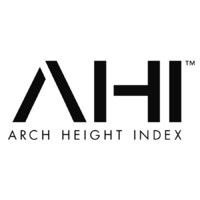
BLW Engineers
BLW Engineers is a consulting engineering firm providing design related services for Mechanical and Electrical building systems. BLW Engineers specializes in feasibility studies, energy conservation evaluations, engineered designs, cost estimating, construction administration and project management. BLW Engineers has extensive experience in the design of Building Systems for various size and types of projects including: Industrial, Office, Educational, Commercial, Medical, Retail, Hotel, Housing, Transportation, Airport, Municipal, Military, and Federal Facilities. Additional experience includes: design build, public bid and select bid engineering. BLW Engineers is committed to providing engineering services of the highest quality, innovative solutions and attention to detail for large projects to the most intricate design plans. Our firm realizes the importance of providing complete and coordinated designs that focus on the particular project requirements and complete client satisfaction; our reputation depends on it.






